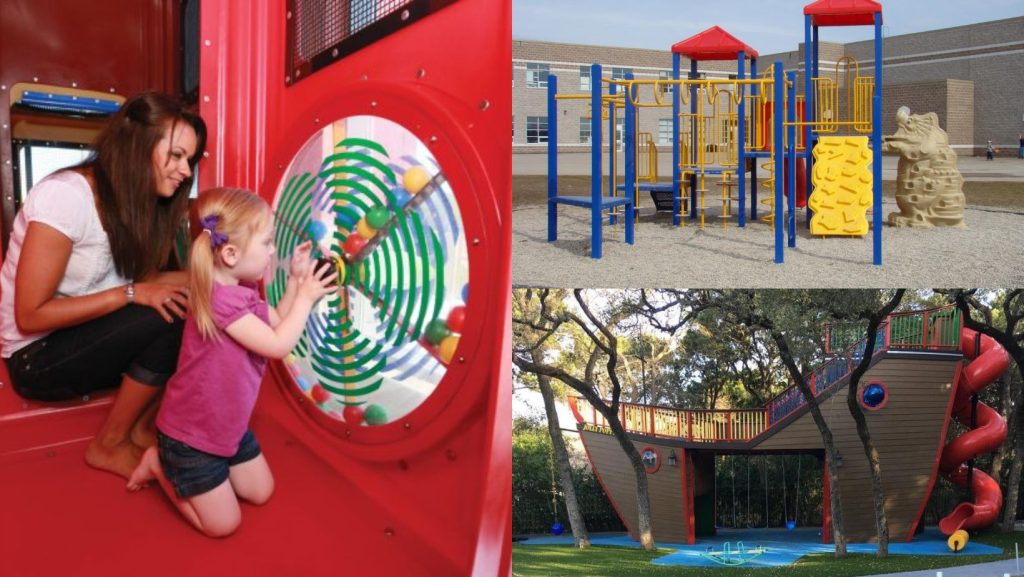
Not all playgrounds are created equal. While any open space with a swing set offers a place for fun, the thought and expertise behind the layout and equipment can significantly shape a child’s growth. The right environment moves beyond simple amusement; it becomes a dynamic tool for fostering physical, cognitive, and social-emotional skills. Thoughtful playground design is an investment in a child’s developmental journey.
Building Strength, Balance, and Coordination
A well-equipped playground is an excellent setting for physical development. Classic structures are intentionally designed to challenge kids and build essential motor skills.
- Gross Motor Skills: Climbing walls, monkey bars, and slides encourage children to use their large muscle groups. Swinging builds core strength and teaches them about momentum, while running across open spaces improves cardiovascular health and endurance.
- Fine Motor Skills: Activities that require more precise movements also play a key role. Rope nets, balance beams, and interactive panels with movable parts help develop hand-eye coordination and dexterity. These features challenge children to refine their movements in a playful context.
Fostering Cognitive Growth Through Play
Playgrounds are also outdoor classrooms where children learn to think critically and creatively. The equipment can either limit or expand their capacity for problem-solving. Single-use equipment offers a straightforward experience, but structures that allow for open-ended play spark imagination.
A varied play structure encourages children to assess situations, plan their movements, and understand spatial relationships. They learn to figure out the best way to climb a structure or how to navigate a series of obstacles. This process of trial and error is fundamental to cognitive development, reinforcing lessons that educators endorse for early learning.
Lessons in Cooperation and Confidence
Social skills are rarely learned in isolation. Good play area design facilitates interaction, communication, and cooperation among children. Features that require more than one person to operate, like seesaws or group swings, naturally encourage teamwork. Playhouses and themed structures create a backdrop for imaginative scenarios where kids must negotiate roles and collaborate on stories.
These environments also provide a safe space for children to take calculated risks. Successfully crossing a wobbly bridge or reaching the top of a climbing structure for the first time builds immense self-confidence and resilience. They learn to assess risk, trust their abilities, and bounce back from minor stumbles.
Supporting Every Child’s Development with Inclusive Design
The best playgrounds are those where every child can participate. Inclusive and accessible features ensure that children with varying physical abilities and sensory needs can play alongside their peers. Ramps, accessible swings, ground-level play components, and sensory-friendly panels remove barriers to participation.
When all children can play together, it fosters a natural sense of empathy and understanding. An inclusive space teaches children to appreciate differences and recognize that everyone has a unique way of engaging with the world.
From the Playground to Lifelong Habits
The positive experiences children have during play can have a lasting impact. Early engagement in physical activity helps establish healthy habits that can continue into adulthood. The social skills honed on the playground—sharing, communicating, and resolving conflicts—are foundational for future relationships and professional life. A community that invests in a well-conceived play space is investing in the long-term health and social fabric of its future generations.
Are you ready to build a play environment that inspires growth? Explore SPI Plastic’s equipment options or request a consultation to start designing a space that will shape your community’s future.